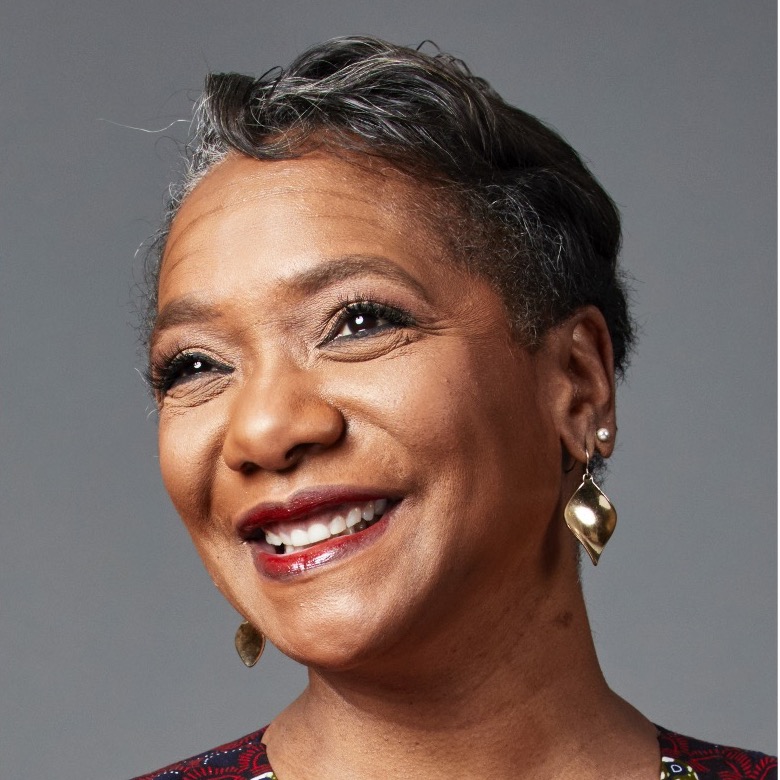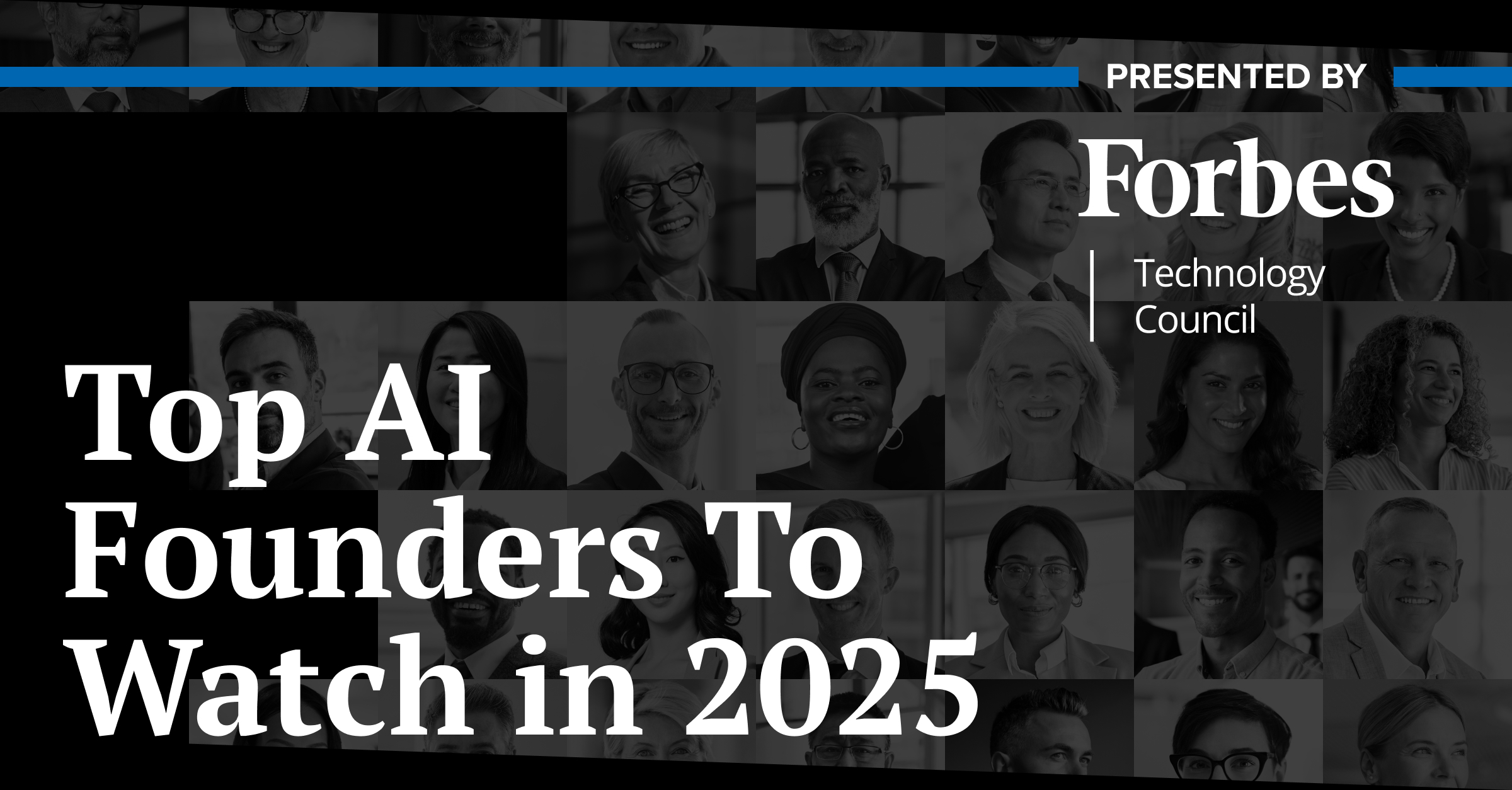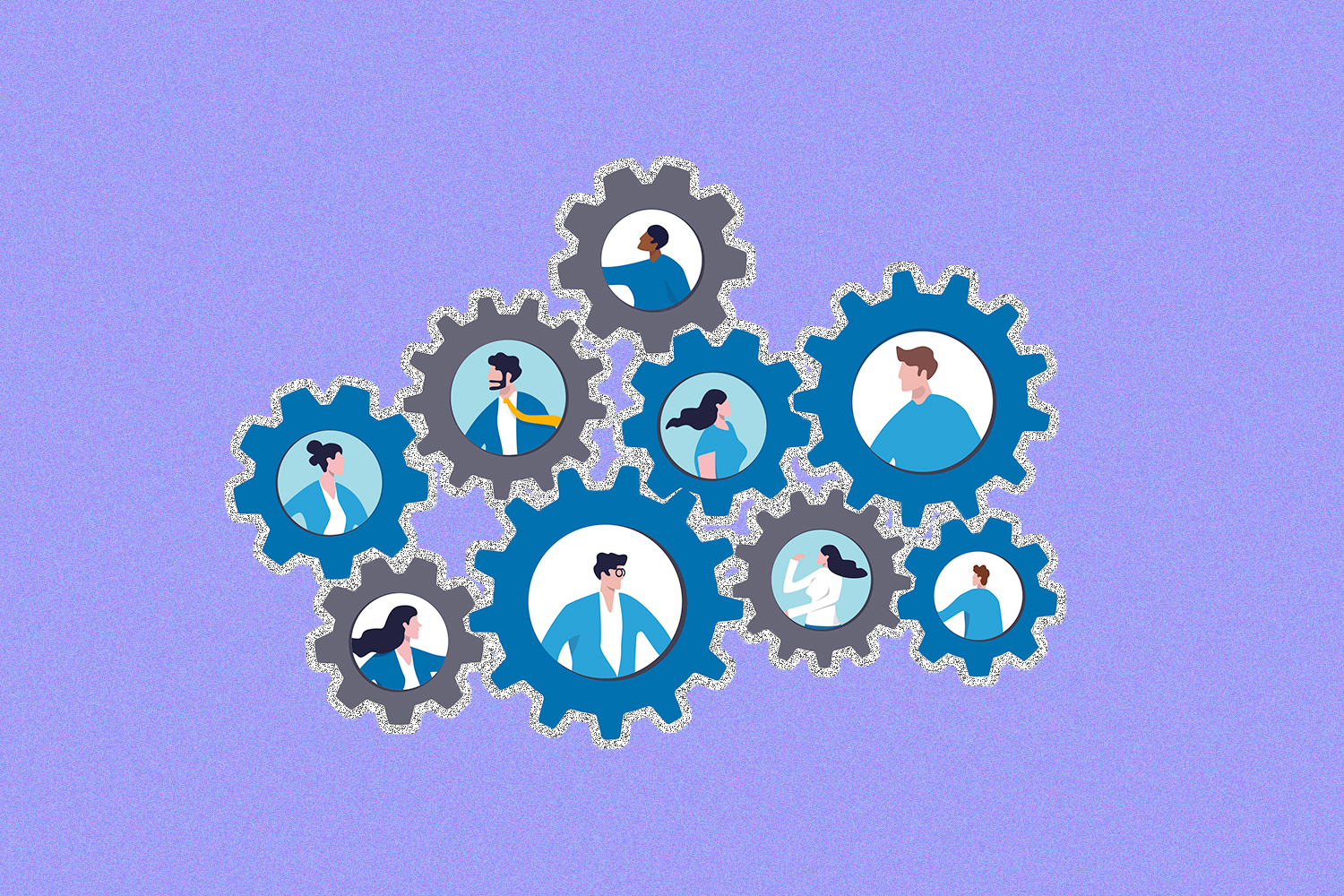The NeuroLeadership Institute (NLI) is the brainchild of David and Lisa Rock, who have collaborated with neuroscientists to research and create programs provided by their consulting firm. Since opening its doors more than 20 years ago, and after advising more than 50% of Fortune 100 executives, the cofounders brought on Janet Stovall as their first global head of DEI in 2022.
“I wear two hats as global head of DEI,” says Stovall. “I am the chief diversity officer for the organization, but I’m also the practice lead for the DEI consulting practice. The joy of doing it that way is that I get to turn NLI into my own little laboratory to figure out the things that we end up using as consulting advice for our clients.”
Stovall’s work is built on mutualism. What she learns from running DEI at NLI, she brings to her clients. What she gleans from her clients, she weaves into the fabric of NLI. She plucks the most constructive means that will lead NLI and her clients’ organizations to a profitable, inclusive end.
One reason Stovall believes she excels in DEI is that, unlike most CDOs, her background is in communications. Before joining NLI, Stovall was a speechwriter for the CEO at UPS, the world’s largest express carrier and package delivery company and employer to more than 500,000 people.
“For years, I’ve been building the ability to be what I call a CEO whisperer to help them formulate their DEI visions,” Stovall says. “I would say 95% of DEI is communicating…taking other people’s visions and articulating them in ways people can understand. DEI fails or succeeds on communications.”
Senior Executive DEI spoke with Stovall to learn how DEI practitioners can be more effective in their communications. Read on for an edited excerpt of our exclusive interview.
Senior Executive Media: What sort of senior leadership structure is going to be most beneficial to a diversity leader?
Janet Stovall: This role at NLI is new. I basically created [the CDO] role here. [Currently], it does not sit on the senior leadership team, technically. But it kind of does because as a practice lead, I sit in on a lot of those [executive team] meetings anyway. I’m a proponent of the fact that the CDO should be part of the C-suite. We don’t have a C-suite, per se. We have a senior leadership team. But I’ve always believed that the CDO should report directly to the CEO, but 80% or so of CDOs report to chief human resource officers (CHROs). I’ve always said, ‘show me a company where you flip that reporting structure, where a CHRO reports to the CDO, and I’ll show you a company that is committed to disruptive change.’
The CHRO role has traditionally been about status quo: maintaining the rules, regulations, and compliance of an organization. CDOs, by default, have a role of disruption because in an inequitable world, equity itself is disruption. The CDO’s reason for being is to disrupt. If you have the person disrupting the status quo reporting to the person who’s in charge of maintaining the status quo, disruption can get a bit hindered. But that is the typical reporting relationship. Flip that over and have that person who’s in charge of disrupting the status quo in charge of the person who’s [usually] maintaining it and what will happen is you will have [sustained] disruption happen. I haven’t seen anybody do it yet but I keep hope alive.
“Chief diversity officers, by default, have a role of disruption because in an inequitable world, equity itself is disruption.”
– Janet Stovall, Global Head of DEI at the NeuroLeadership Institute
Senior Executive Media: How can DEI practitioners effectively frame and communicate their DEI strategy to stakeholders?
Janet Stovall: We have to be realistic that there are people who are downright resistant to this work. Leading with your passion and communicating why you are passionate about it can only take you so far. The trick to really getting this work done is understanding why somebody else should care about [DEI]… It’s about leaning into the business case before you lean into the moral case.
At the end of the day, when you are communicating this work to people in an organization, you have to consider what they care about. You have to consider what they may not care about. You may have to consider what they may be angry or resistant to. You have to consider what it is they’re incentivized to do, and what they get paid to do every day. If you can’t figure out how to make DEI relevant to that, to help them do their jobs better, to help them achieve their goals faster, then you’re going to have a hard time convincing people to deprioritize something in order to prioritize DEI.
I believe that DEI leaders need to — very quickly — start thinking outside of what DEI means to them and start thinking about what DEI means to everybody else. There’s a stakeholder that you have to engage in order to make this work happen. They’re going to be leaders. They’re going to be employees. They’re going to be the wider community. People who have to pay for it, resource it — all those people are necessary to DEI being successful. If you can’t get those people on board, you won’t get the resources you need. You won’t get the commitment you need. You won’t get anything you need in order to make it happen, and they have to believe there’s something in it for them.
Senior Executive Media: What’s the most effective way to show stakeholders what’s in it for them?
Janet Stovall: I think of it as a four-step process. The first step is motivation. You have to understand why you care about DEI… We came to that [at NLI] because we went, like most consulting firms, to the maturity model. What’s the maturity model for DEI? I kept saying, ‘do we even know or can we even say, outside of an opinion, what an ideal DEI ecosystem looks like?’ I would argue no because what’s ideal at one place is not ideal at another.
As an organization, the first thing you have to ask yourself is, ‘what are we solving for? Why do we care?’ At NLI, we built, not a maturity model, but a motivation model. We basically said motivation falls into one of three things. You need to care about compliance, competition, and culture or connection, but I would say [the fourth] is actually commerce. Commerce is that business case. It’s okay to say that all you care about is competition. It’s okay to say that you do DEI because you want to compete fairly. It’s okay to say that you do it because you’re concerned about getting lawsuits and you’re in compliance mode. It’s okay to say you only really care about building this culture — any of those — but you have to know what your motivation is. That’s the first step.
The second step I call mobilization. That’s where you start identifying what the company’s goals are; not your DEI goals, the company’s goals. Basically, every organization exists to do one of three things: make money, save money, achieve a vision. Whether they’re nonprofit, for-profit, public sector, or private sector, they exist to do one or all of those things at any given time. You have to figure out which of those things there is potential for DEI to affect a positive outcome for. Then, you mobilize your efforts.
The next step is…to map some sort of DEI program. Whether it is a recruitment program, professional development program, [or] behavior program, which is what we focus on at NLI… Whatever you want to build, you have to map it to one of those three factors that you’re trying to improve.
Finally, there’s monitoring and measuring. You figure out which key causational goals you can affect change in. You find or deliver or build a DEI program that you can attach to that bigger organizational goal. Then you measure whether or not that goal changes positively based on the thing you’ve mapped to it. The benefit of that is you now have a way to measure the effectiveness of DEI beyond those subjective factors, [such as] is everybody happy? Because if you think about how we measure most DEI [initiatives], it’s counting bodies in the building [that represent different groups]. How many people do we have in a particular role or within a particular company? That’s fine, but the question is why? Why are you doing it in the first place? Why does it matter?
“I believe that DEI leaders need to — very quickly — start thinking outside of what DEI means to them and start thinking about what DEI means to everybody else.”
– Janet Stovall, Global Head of DEI at the NeuroLeadership Institute
We send out pulse surveys to find out how people are feeling. On any given day, you can feel great about a company, you can feel included. Then, you have a bad meeting and someone sends the pulse survey out on that day and you don’t feel so included. Those types of results are very subjective. However, if you can connect a DEI initiative [or] goal…to some reason — [for example,] how it helps the company make money [or] save money…and you can tie the data to that, you can justify why you have DEI in the first place. You can measure whether it’s successful.
I want to believe [DEI is] always going to be successful. I want to believe it’s always going to move that needle but if it doesn’t, then it’s time to look at your DEI initiatives and say ‘are we doing the right things here because we know why we’re motivated to do them in the first place?’ It all ties together in those four steps.
Senior Executive Media: What is the biggest challenge diversity leaders run into when implementing that four-step process?
Janet Stovall: The most difficult part, from a psychological point of view, is the motivation. NLI values DEI primarily for innovation and customer insights that drive revenue growth. Unique perspectives from diverse teams are integral to our solution-building process. Diversity also enhances customer interactions, ensuring superior solutions and support. Innovation and insight are essential to our bottom line, and diversity fuels them both.
You have to take a hard look at yourself and ask, ‘why are we doing this in the first place?’ If you’re doing [DEI] work, generally, we believe we do it for cultural reasons; we want the culture to be better. Sometimes, we feel not so good about ourselves when we say we’re doing it for commercial reasons. We never want to admit that we’re doing it for compliance reasons. It’s hard for us sometimes to look at ourselves in the mirror and say ‘we, as an organization, this is why we’re doing it.’ I don’t care why I’m doing it as a person. This is why we’re doing it as a company. That’s one of the hardest things.
Finding out what the company is about is not so hard. You just have to ask. Normally, diversity folks aren’t always in the spaces or in the rooms or in the meetings to understand what the company is doing. But if you ask, you can find out. You know what the goals are. You know what each division’s goals are. You can find those things out. That’s not that hard.
Linking it is also not that hard, except that you may have to build something to do it. Measuring it is not that hard once you have something to measure. I would say the hardest part to deal with is to put it in the context of what you’re motivated to do as an organization because that may require rethinking everything you do and nobody wants to do that.
Senior Executive Media: Is there an example of an organization you worked with that implemented this process well?
Janet Stovall: There was a large software company that was trying to move to the U.S. They were based in [Asia], and they needed an on-the-ground U.S. workforce… Their ultimate goal was to make money, improve market share, that kind of thing. They did what every other organization did when looking for software developers: they went to the ivys. They started pulling developers out of Harvard and Yale, and they found out very quickly that they were in competition for a very small group of people… They had a specific business goal…something like 10,000 developers in the U.S.… They said, ‘we’re looking in the same places as everybody else. What if we thought about how diversity plays a role in this? Maybe what we need to do is expand this pool… What if we rethought where we recruited in the first place?’
They decided to look at diversity as a way to hit this bigger number. They said, ‘let’s look at how we recruit. We can’t recruit at Harvard and Yale. What if we looked at community colleges because community colleges are by default more diverse than four-year institutions’… In order to hit that 10,000 number, they looked at how diversity can matter. They changed and created policies that would allow them to attach [diversity measures] directly to that 10,000-member goal. They did it. They hit their number, but had they not done it that way, they may have never hit their number. They may have never created a different way of recruiting. All of it worked together, and it was to achieve a business goal.







